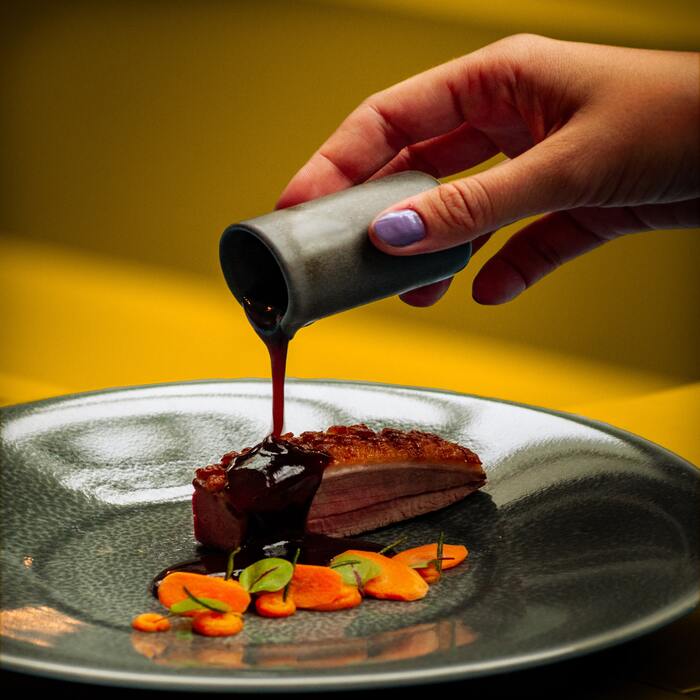Soy sauce is Japan’s most popular sauce, this might be because many consider it a tasty flavor enhancer. If you enjoy cooking Asian cuisine, you probably have seen that oftentimes recipes mention that you could substitute it for tamari in order to make your meal gluten-free. This led many to believe that tamari was simply a gluten-free version of soy sauce. But there’s more to it than that.
There are different types of sauce used in Japanese cuisine. It all depends on the region, ingredients, and methods in which it’s brewed. Shoyu, which is the Japanese word for soy sauce, is specially made from a mash of soybeans and wheat; and tends to be used as an all-purpose cooking soy sauce.
Soy sauce vs tamari
In the case of soy sauce, it can be either Chinese-style, which is made traditionally with 100% soy, or Japanese-style, which is made with a mix of soy and wheat. These differences make the Japanese sauces a sweeter, more nuanced flavor compared to their Chinese counterparts, which are usually saltier and more aggressive.
Although both are very similar in color and flavor, there’s a main difference between the two. While both are byproducts of fermented soybeans, tamari is made with no (or very little) wheat, while traditional soy sauce does contain wheat. For this reason, tamari is often considered as the gluten-free alternative.
Tamari has a deeper and darker color, a richer flavor, and its texture is slightly thicker than soy sauce. It tends to be less salty, which is why many use it for dipping or sautéing.
Do you enjoy cooking Japanese cuisine? What do you prefer using soy sauce, tamari or shoyu? Connect with me on Instagram over @healthchefjulia and let me know if you’d like for me to do a healthy recipe using these ingredients.
Go back to the homepage.




